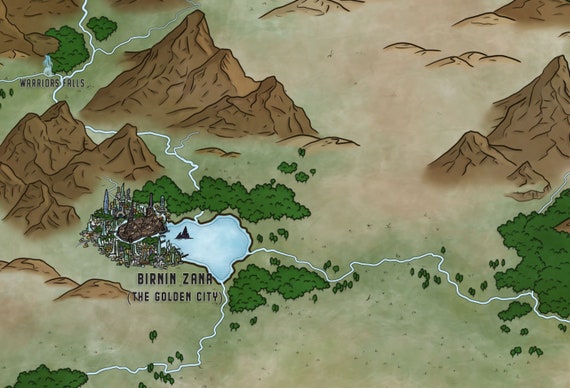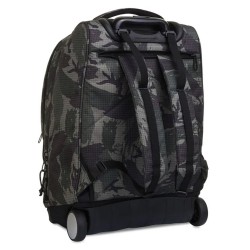

When people started settling there they built along the river and expanded outward by following cattle trails and goat paths. London was not some sort of planned city using protractors and rulers to lay it out. When you look at that map of London there’s not a straight road on there. It kept expanding, spilling out over the walls and rendering them moot.

The city didn’t stop growing because someone built a wall. The other defenses are scattered throughout the city, at times on an edge, and other times buried deep in the guts of the town. The same sea trade that made London the thriving trade hub it was also represented the biggest approach of attack on the city.Ī raiding fleet could sale right up to the city armed to the scuppers with soldiers and siege weapons.īy putting the fortress right at the start of town and directly on the bank you have your strongest city defenses poised to destroy anything trying to get at the soft and flammable buildings upstream. But on this early map, it’s very much on the edge of both the town and the river.Īgain, taking in mind the purpose of London, it makes sense. If you visited it today it’d be near the heart of the city. This same logic explains the position of the castle on the map. Only with the bridging of the river on a permanent basis would the south start seeing significant development. So the city grew exclusively on the northern side. Once trade was established on the North bank, anyone who tried to build on the South bank would be cut off from the actual trade center and all of its amenities by the river.

Bridging the Thames blocks off access to the river for ship traffic, so it is not something you would do unless overland traffic had become far more valuable. The Thames is a huge river, and London formed as a trade town specifically because it was a good location for ocean traffic to find a safe harbor. Notice that there is next to nothing of the city on the south bank.Īt first that might seem odd, but think about it. This is London in 1653.Īs you look at it you discover that there are a lot of elements about the city that just plain make sense when you think about them.įirst, there’s the distribution of the city in regards to the map. When you pull out a real world map there are certain things about it that just make sense. We just need to know what makes real world maps so fascinating people design games around them, then design our maps to capture the same things. Fortunately, us old school gamers can utilize some of the same principles without having to be app designers equipped with phones that are smarter than we are or $500 software.
#Profantasy safe software
Of course, these interactions are all designed and built using the latest GIS technologies and GPS systems and modeling software and programmed by serious code monkeys. This tablet game allows children on road trips to fly DreamWorks characters and dragons through the same terrain they are driving past, weather and all. It was simple, straight forward, and turned the real world into a game board.Ī recent venture into this would be kids game “Dragons Adventure”. Players would use the map to locate the ghosts, scoring points. Essentially the game took a smart phone’s GPS and implanted “ghost sightings” on it. The first example I ever encountered was a game called “Ghost Escape”. Over the past few years I’ve been introduced to a number of ways that gamers are using apps to turn real world maps into gaming platforms.

Real world maps vs Fantasy Maps: Which makes sense?


 0 kommentar(er)
0 kommentar(er)
